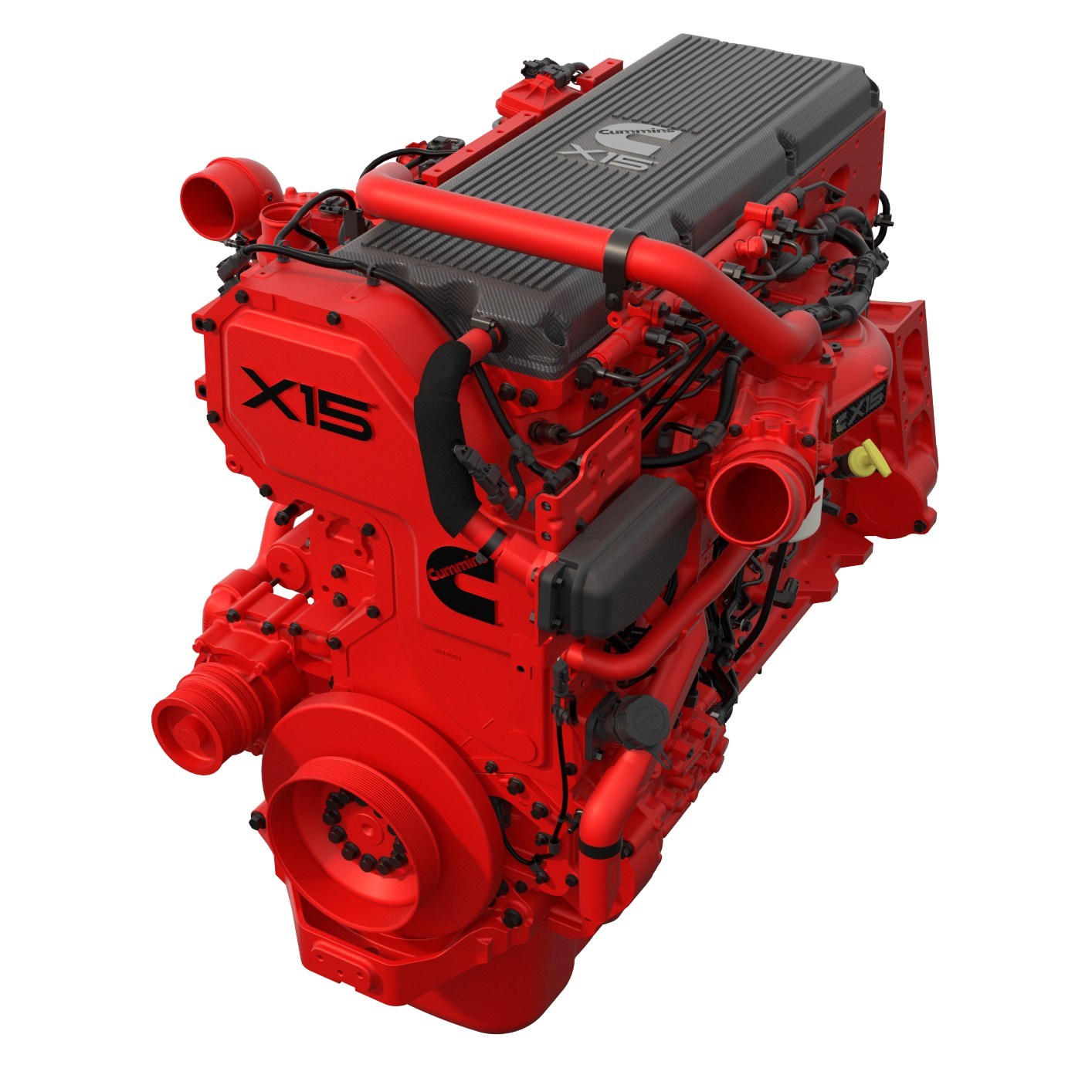Cummins Uses Ansys’ Digital Technologies in R&D of Diesel Engines
Cummins aims to reduce 300 million metric tons of carbon emissions by 2030, and targets net zero emissions by 2050.

The X15 Performance series is optimized for premium linehaul and heavy-haul customers that demand more than 500 horsepower with 2050 lb-ft torque. Image courtesy of Cummins.
Latest News
October 8, 2020
Cummins Inc. is using Ansys in its research related to improving emissions profiles, performance and other attributes of diesel and alternative fuel engines. Through a new multi-year agreement, Ansys will aid Cummins engineers in their development of new engine designs, empower enterprise-wide collaboration and support initiatives related to PLANET 2050—Cummins ambitious environmental sustainability strategy that aims to reduce greenhouse gas and air emissions.
Through the collaboration, Cummins leverages Ansys' tools and next-generation simulation process and data management (SPDM) platform to expedite the development of sustainable engines—significantly maximizing torque and horsepower, enhancing thermal efficiency and improving fuel economy, resulting in customer savings and reduced greenhouse gas emissions.
Incorporating SPDM will help Cummins engineers achieve faster throughput on simulation engineering workflows, make product design decisions much sooner, drive tighter collaboration among globally distributed teams and increase productivity to create advanced engines with more favorable environmental attributes, companies say. Leveraging physics-based digital twins will help engineers make confident product health management decisions that reduce the cost and risk of unplanned downtime and improve product development processes.
“Cummins continues to support its customers by investing in R&D to ensure next-generation engines are more fuel efficient than ever. A key R&D partner for more than 25 years, Ansys has accelerated our digital transformation and ingrained simulation into the DNA of our company, enabling us to rapidly and accurately deliver engines with improved emissions profiles and other environmental attributes,” says Wayne Eckerle, vice president, Research and Technology, Cummins Inc. “This new agreement introduces leading-edge tools which will help us develop a shared knowledge infrastructure, explore a larger design space, virtually validate products, improve engine quality and reduce development costs.”
“During these challenging times, the importance of R&D increases the drivers of demand for simulation. Innovative companies like Cummins continue to leverage simulation as a key enabler for upgrading R&D technologies, redesigning engineering processes and reengineering product development environments,” says Shane Emswiler, senior vice president and general manager, Physics Business Unit at Ansys. “Ansys takes pride in collaborating with Cummins engineers to boost their R&D efforts and help achieve their PLANET 2050 environmental sustainability goals by reducing lifetime greenhouse gas from newly sold engines and from engines in the field.”
Sources: Press materials received from the company and additional information gleaned from the company’s website.
More Ansys Coverage
Subscribe to our FREE magazine, FREE email newsletters or both!
Latest News
About the Author
DE’s editors contribute news and new product announcements to Digital Engineering.
Press releases may be sent to them via [email protected].






